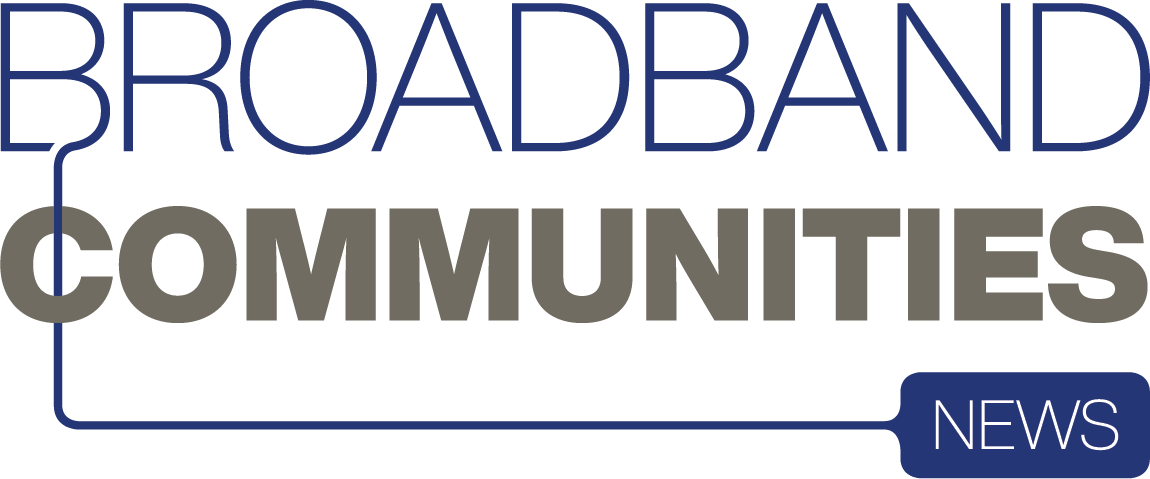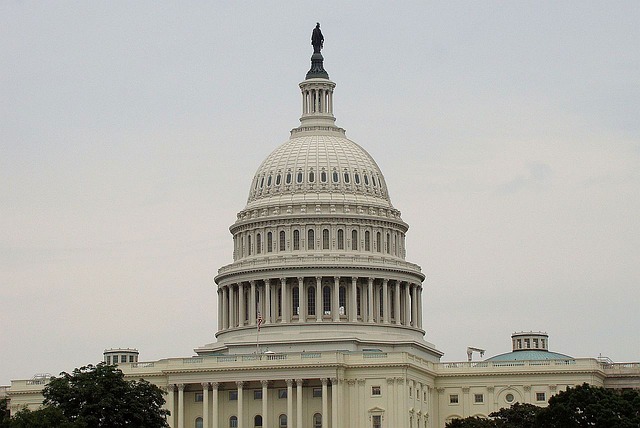Viewpoints
By: Steven S. Ross, Broadband Communities
Right now, only large carriers are telling Congress what to do. More stakeholders have to get involved.
I closed my December 2023 column by noting that the Affordable Connectivity Program (ACP) will likely exhaust its original $14 billion funding by early summer.
ACP was written into the Infrastructure, Investment and Jobs Act to get broadband into households that needed it for remote schooling, medicine or work, by paying carriers up to $30 a month directly. During COVID, most carriers had provided it free.
The infrastructure law also created the $42.5 billion Broadband Equity, Access and Deployment (BEAD) program, administered by the National Telecommunications and Information Administration (NTIA).
Continuation of ACP in some form seemed assured, and advocacy and industry groups support it, but opposition is growing. Carriers, state or local public officials, equipment suppliers, advocacy groups, potential BEAD awardees, and providers of public services that are broadband dependent should consider contacting Congressional representatives and should certainly be working with their state broadband and BEAD offices. Even if they are not considering a BEAD build, competitors might be.
Arguments for ACP include:
- The ACP makes the economy and services, such as schools and telemedicine, more resilient in epidemics and natural disasters.
- It is an “entitlement,” but one that targets rural dwellers, the elderly, remote workers, and educational needs. Both major political parties say they support such households.
- The ACP is cheap by Washington standards. President Biden asked for $6 billion to cover ACP disbursements through this calendar year. Advocates say they want more, but for multi-year funding.
- Carriers, especially smaller ones (and their financial backers), generally like the ACP; it is an assured source of funds paid directly to carriers and improves overall take rate. The ACP also gives carriers, especially larger ones with their own national programming divisions, an opportunity to upsell.
- A low-cost broadband pricing tier is built into BEAD. The original idea was that it would dovetail with the ACP.
- Recruiting households to sign up for broadband costs money, too, and recruitment is easier if the ACP will cover the household’s basic cost for several years.
Opponents so far have been concentrating on the obvious:
- The ACP is indeed an entitlement, and non-discretionary entitlements (including Social Security, Medicare and Medicaid) are almost half the federal budget. “Discretionary” spending, except defense, contrary to what political ads say, have been slowly declining as a percent of the federal budget and now make up a total of about $800 billion out of $6 trillion. This is the money that goes through the annual congressional budget process and includes everything from border control to research, to paying government employees.
- The ACP funds, no matter how small in the overall budget, could quite possibly be used more effectively elsewhere, or not spent at all. We’re sending weapons and ammunition to Ukraine and Israel, for example.
- The Federal Communications Commission (FCC) and NTIA have only a hazy idea of how to measure the ACP’s success and impact.
Opponents also have less obvious arguments: the ACP could be part of needed reform in the FCC’s existing subsidies, about $8 billion a year, which are currently funded by an ever-increasing tax on an ever-decreasing number of people using landline telephone service. A new sales tax on overall broadband and tech company services – voice, data, apps and so forth – would be more logical and result in a lower overall tax rate, although overall tax revenues would likely be doomed to increase. The current Universal Service tax rate is about 30 percent.
Some existing ACP recipients (no one really knows how many out of the over 22 million who get the subsidy now, but FCC puts the proportion at about one in five) could likely afford to pay their own way, and many did so before ACP existed, at least at lower data rates. Carriers were not required to keep track of that.
Some private funders, especially Wall Street equity firms already funding much of the multifamily housing boom, worry about how mandatory bulk-rate access to the internet in such housing would be regulated under the ACP.
Some in Congress complain about eligibility for internet services among newly arrived immigrants awaiting a final decision on their applications for permanent residence. On the other hand, advocacy groups generally say fewer than half of the truly eligible households have applied for ACP anyway, and uncertain funding makes recruiting them harder. The nation has about 130 million households, and almost a third need help paying for broadband? Seems high.
Because a low-cost service tier is built into the BEAD requirements, deployers who want some of the $42.5 billion must provide it. The US Department of Agriculture (USDA) also strongly encourages such a tier in its Reconnect program. But isn’t this the same as allowing the Federal government to set or strongly influence broadband rates?
NTIA itself is forbidden from doing that in BEAD. Thus, NTIA gives states latitude in what such rates should be for BEAD deployments. But states cannot do whatever they want. Virginia’s draft BEAD plan says deployers can justify any rates. Louisiana, first to submit a BEAD plan, calls for $30 per month as the lowest tier but allows deployers to argue for as much as $65.
BEAD also does not allow states to ban specific types of organizations – 16 still do –from deploying broadband with BEAD funds. The bans typically restrict municipalities from being in the broadband business. I showed, in a series of studies from 2014 to 2018, that states with such restrictions lost three times as many rural residents as states without them.
All of this suggests that in a normal Congress, and normal year, a finely crafted and targeted compromise ACP renewal would have a fair chance of passage, probably paid for in large part by reforming the FCC Universal Service Fund and the FCC’s dysfunctional Rural Digital Opportunity Fund (RDOF). Some suggest that the FCC has authority to do that without Congress. It set up RDOF that way. Others say the current Supreme Court would not accept that approach.
Normalcy is in short supply, but lobbyists are in near-infinite supply. If deployers, local officials, and public-interest groups expect to see an ACP bill pass, they had better add their voices to the scrum.















